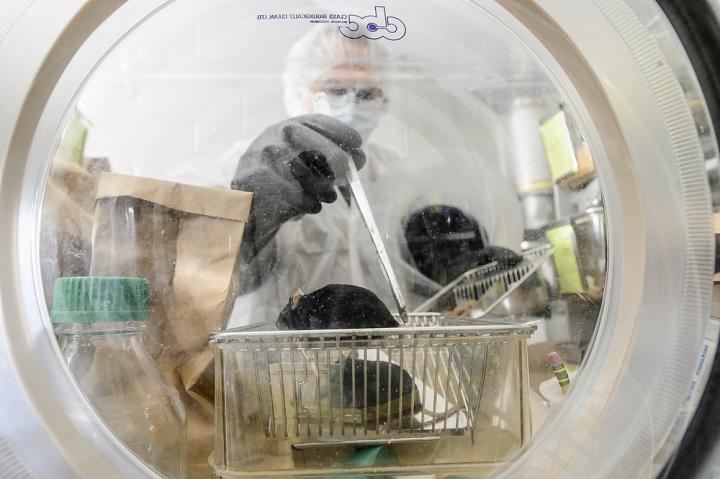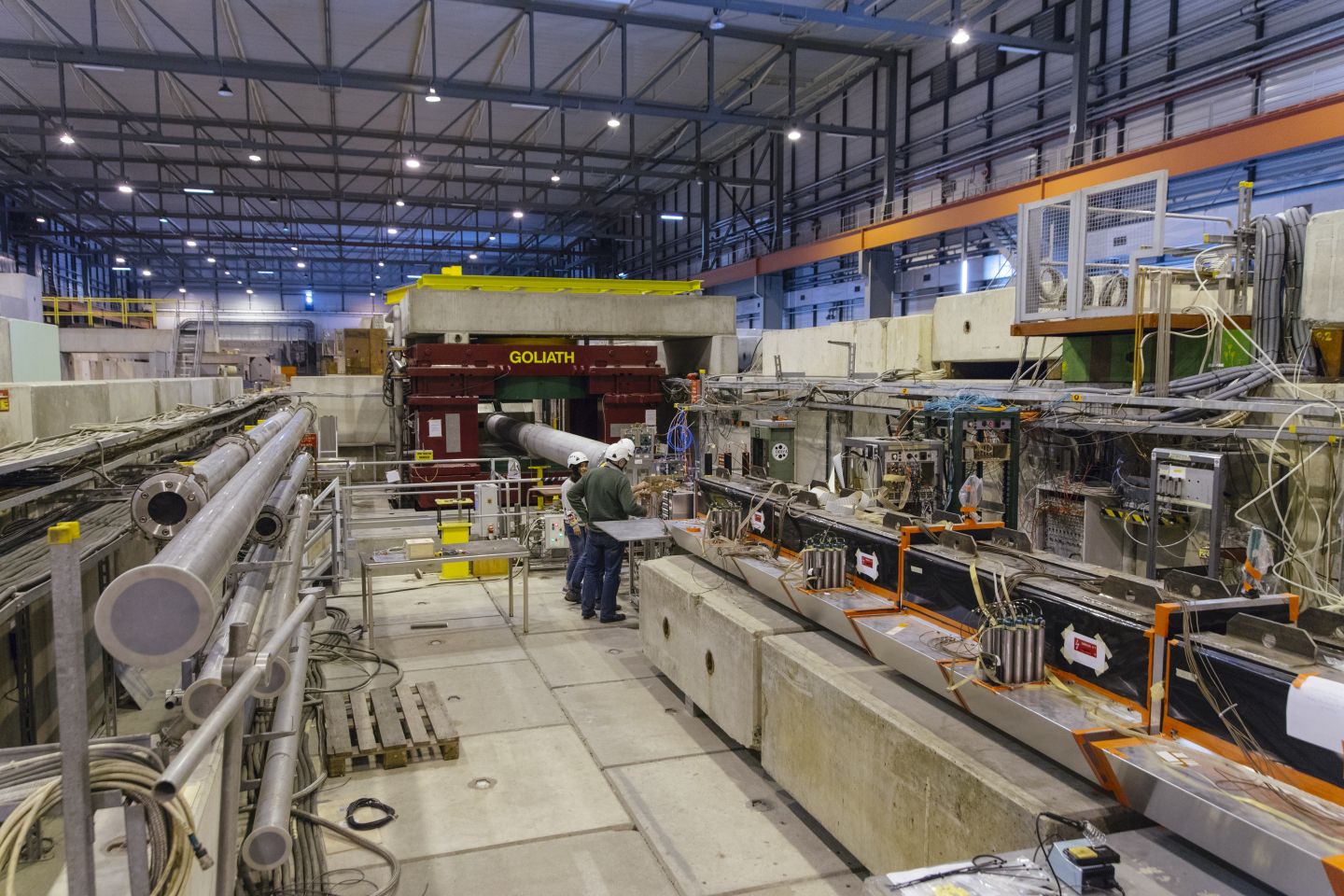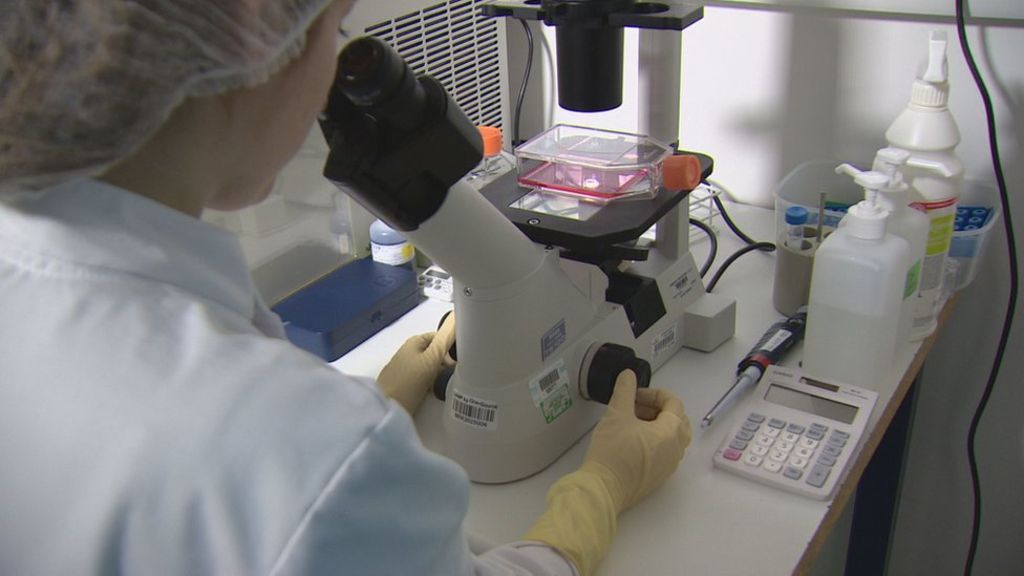Page 10727
Nov 25, 2016
Smart balaclava would help athletes avoid chest infections in the depths of winter
Posted by Shane Hinshaw in category: energy

The onset of winter not only has serious implications for the residents of Westeros, but also for high performance athletes, given the higher chances of falling sick during this season while training outdoors. If you don’t mind looking a bit like a Mortal Kombat character, a new electric balaclava would let you keep training like a champ in the cold while lowering the risk of contracting chest infections.
A collaboration between researchers at Nottingham Trent University in the UK and German advanced knitting machine manufacturer Stoll GmBH, this 3D-knitted headpiece prototype features a built-in heating area around the nose and mouth made of electric-conductive yarn. A knitted power socket at the rear of the garment allows the wearer to insert a rechargeable cell battery to power the device.
Nov 25, 2016
Study: Ice Cream For Breakfast Boosts Brain Performance
Posted by Shailesh Prasad in categories: food, neuroscience
PHILADELPHIA (CBS) — All the years of your parents saying “NO” to ice cream for breakfast may have actually stunted your brilliance.
According to The Telegraph, a new study performed by Yoshihiko Koga, a professor at Kyorin University in Tokyo, revealed that eating a certain amount of ice cream immediately after waking up in the morning can actually make you smarter.
No, you did not misread that!
Continue reading “Study: Ice Cream For Breakfast Boosts Brain Performance” »
Nov 25, 2016
Changes in the diet affect epigenetics via the microbiota
Posted by Steve Hill in categories: biotech/medical, food, genetics, health
You get out what you put in.
You are what you eat, the old saying goes, but why is that so? Researchers have known for some time that diet affects the balance of microbes in our bodies, but how that translates into an effect on the host has not been understood. Now, research in mice is showing that microbes communicate with their hosts by sending out metabolites that act on histones—thus influencing gene transcription not only in the colon but also in tissues in other parts of the body. The findings publish November 23 in Molecular Cell.
“This is the first of what we hope is a long, fruitful set of studies to understand the connection between the microbiome in the gut and its influence on host health,” says John Denu, a professor of biomolecular chemistry at the University of Wisconsin, Madison, and one of the study’s senior authors. “We wanted to look at whether the gut microbiota affect epigenetic programming in a variety of different tissues in the host.” These tissues were in the proximal colon, the liver, and fat tissue.
Continue reading “Changes in the diet affect epigenetics via the microbiota” »
29th November in Berlin there is a meetup for LE enthusiasts.
Announcing our year-end meetup in Berlin.
Join our casual get together of like-minded people. We chat about extending our healthy lifespans and the latest developments in this exciting field.
Nov 25, 2016
NA64 hunts the mysterious dark photon
Posted by Andreas Matt in categories: cosmology, particle physics
One of the biggest puzzles in physics is that eighty-five percent of the matter in our universe is “dark”: it does not interact with the photons of the conventional electromagnetic force and is therefore invisible to our eyes and telescopes. Although the composition and origin of dark matter are a mystery, we know it exists because astronomers observe its gravitational pull on ordinary visible matter such as stars and galaxies.
Some theories suggest that, in addition to gravity, dark matter particles could interact with visible matter through a new force, which has so far escaped detection. Just as the electromagnetic force is carried by the photon, this dark force is thought to be transmitted by a particle called “dark” photon which is predicted to act as a mediator between visible and dark matter.
“To use a metaphor, an otherwise impossible dialogue between two people not speaking the same language (visible and dark matter) can be enabled by a mediator (the dark photon), who understands one language and speaks the other one,” explains Sergei Gninenko, spokesperson for the NA64 collaboration.
Nov 25, 2016
Some Adaptive Immune Cells Become More Innate-Like in the Aged Immune System
Posted by Steve Hill in categories: biotech/medical, life extension
Destroying and replacing the immune system is one of the approaches to treat the aging process.
Fightaging! provides some commentary about the immune system in relation to aging. Addressing the decline of the immune system is one of the approaches SRF is interested in and is a cornerstone of rejuvenation biotechnology.
“Understanding exactly how aging progressively harms the intricate choreography of the immune response is a massive project, and nowhere near completion. It is possible to judge how far along researchers are in this work by the side effect of the quality of therapies for autoimmune disease, which are malfunctions in immune configuration, and largely incurable at the present time. From a practical point of view, and as mentioned above, the best prospects for effective treatments in the near future involve destroying and recreating the immune system. That works around our comparative ignorance by removing all of the problems that researchers don’t understand in addition to ones that they do.”
Continue reading “Some Adaptive Immune Cells Become More Innate-Like in the Aged Immune System” »
Nov 25, 2016
The road is long but we can get there
Posted by Steve Hill in categories: biotech/medical, life extension
This gives a very simple summary of the process of drug development.
The development process from Pre-Clinical testing to an approved product we can use is a long one. A global average of 17 years with the US being 12 years is the historical norm for new drugs and therapies to be developed.
Nov 25, 2016
Commercial harvesting of stem cells under way
Posted by Shane Hinshaw in category: biotech/medical
A laboratory in Lanarkshire has started harvesting stem cells from children’s teeth.
It’s hoped the cells can be used in a cure if the children develop a disease later in life.
The American company BioEden will cryogenically store the cells in return for a monthly fee.
Continue reading “Commercial harvesting of stem cells under way” »
Nov 25, 2016
We are pleased to share an update on our research in 3D capture and algorithms
Posted by Klaus Baldauf in categories: augmented reality, information science, transportation

We took the technology out of the studio and into a car – making Holoportation truly mobile. To accomplish this, we reduced the bandwidth requirements by 97%, while still maintaining quality. This new mobile Holoportation system greatly increases the potential applications of real-time 3D capture and transmission.
















